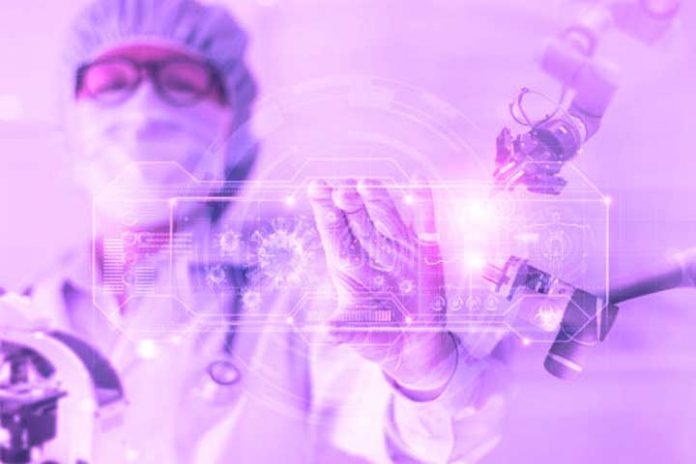Only with a blink of an eye can we see how AI (Artificial Intelligence) is gaining advantage and displacing humans in tasks where only with coding parameters can the result be ready in functions that can take minutes, hours, or days to complete. Persons.
AI has had great participation in the health sector, allowing it to diagnose with greater precision, among which we could highlight the development of a tool developed by Harvard University and Vermont, posing hypotheses where the signs of depression in people can be identified by studying specific patterns in the filters, lighting and the person’s face through one of the best-known social media applications that are Instagram.
If you are in contact with technology daily, you are already immersed in AI, even if you don’t realize it.
In Health, the two IA vowels have been known since 1956 through the first experiment called Mycin, an expert system developed by Edward Shortliffe which detected infectious diseases in the blood. The strange thing is that since this time, Mycin was able to speak and understand what the man was informing him, using techniques PLN which refers to the processing of natural language by its acronym in English.
AI has significant participation in health systems, allowing the improvement of protocols, processes, and even the indicators of services provided. Among the best-known technological developments are intelligent systems that support the early diagnosis and prognosis of diseases, treatment planning, optimization of resources in healthcare services, among others.
And what advances does this innovative tool bring us to Public Health?
AI has allowed us to analyze large amounts of data, what we know as Big Data in record time, facilitating the analysis of the information thrown both by health professionals, patients, and even the institutions themselves to be able to make decisions, reducing costs in the treatment of data and the optimization of the use of health resources in an appropriate way, is one of the failures of the health market identified. Technical reports suggest that AI and machine learning provide a 63% improvement in health processes, so why not use them?
Currently, AI can be applied in different lines of work; for example, Machine Learning is used through the prediction, control, and surveillance of epidemics, outbreaks, and diseases, learning strategies and educational models for the population, being an element fundamental in the triad of promotion, prevention and protection of Health without neglecting the participation of the Health professional.
During my professional experience, I had the opportunity to be in several companies in which artificial intelligence was used, one of them was through 3D reality spaces, where the worker could and should identify the risk factors to which he was exposed in your job, intending to prevent work-related illnesses and work-related accidents-incidents. Implementing these strategies such as education promotion, health promotion, and disease prevention positively impacted the working population. With this, we can arrive at the conclusion that AI is a valuable tool for using promotion and prevention strategies in different ways. It is only required to know what objective I am looking for and my intervention population.
In short, we are already in a digital world; there is no going back. The WHO recently raised its Global draft Strategies on Digital Health 2020-2024, inviting member countries to start planning the application of digital health technology in the Health of their systems and developing sustainable goals through it. So I would invite you to ask yourself this question.
Are we ready for AI to be our ally, helping us make health services more accessible and effective?
Contribute To Technology Comics: technology write for us

